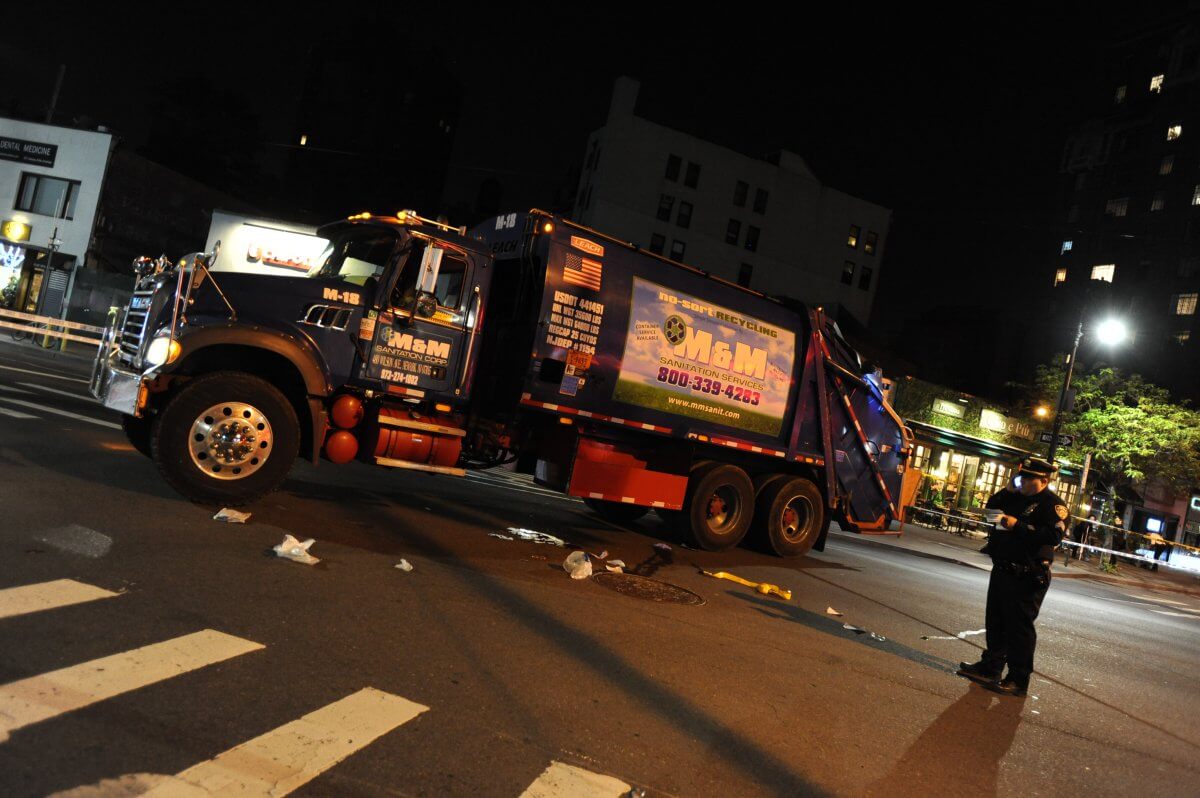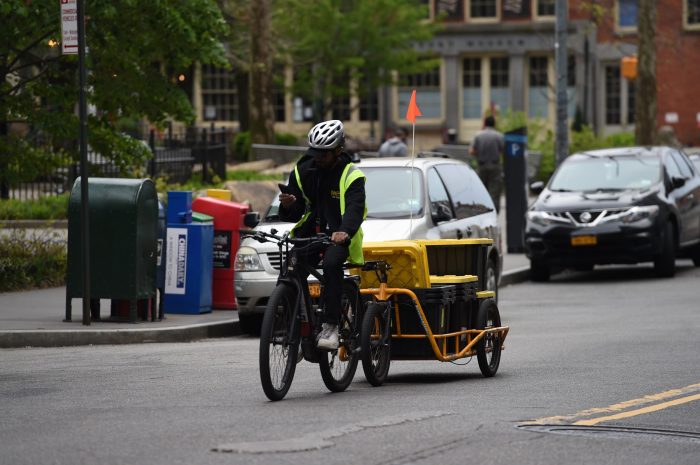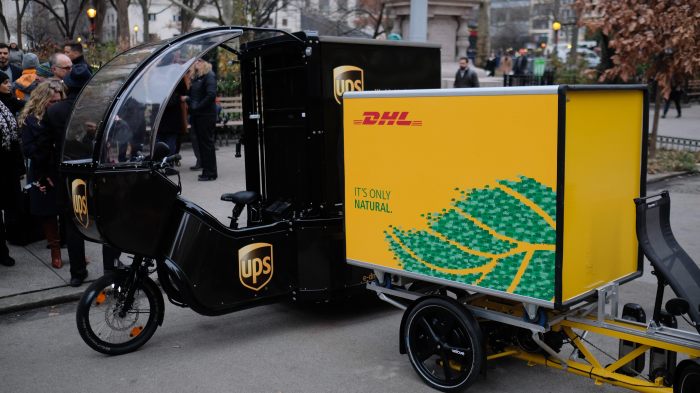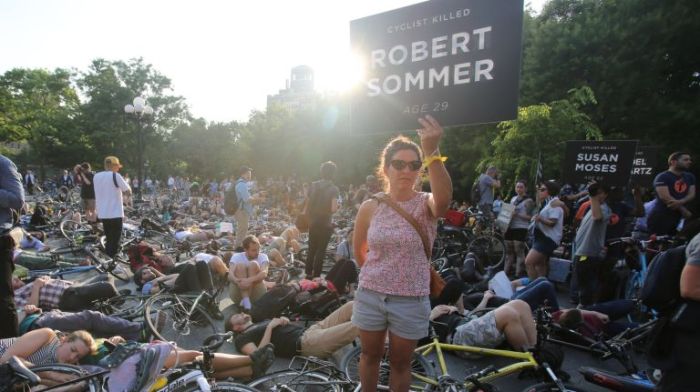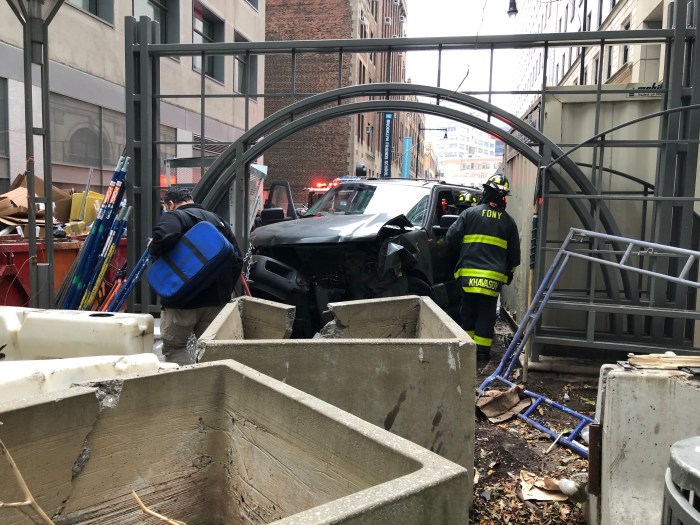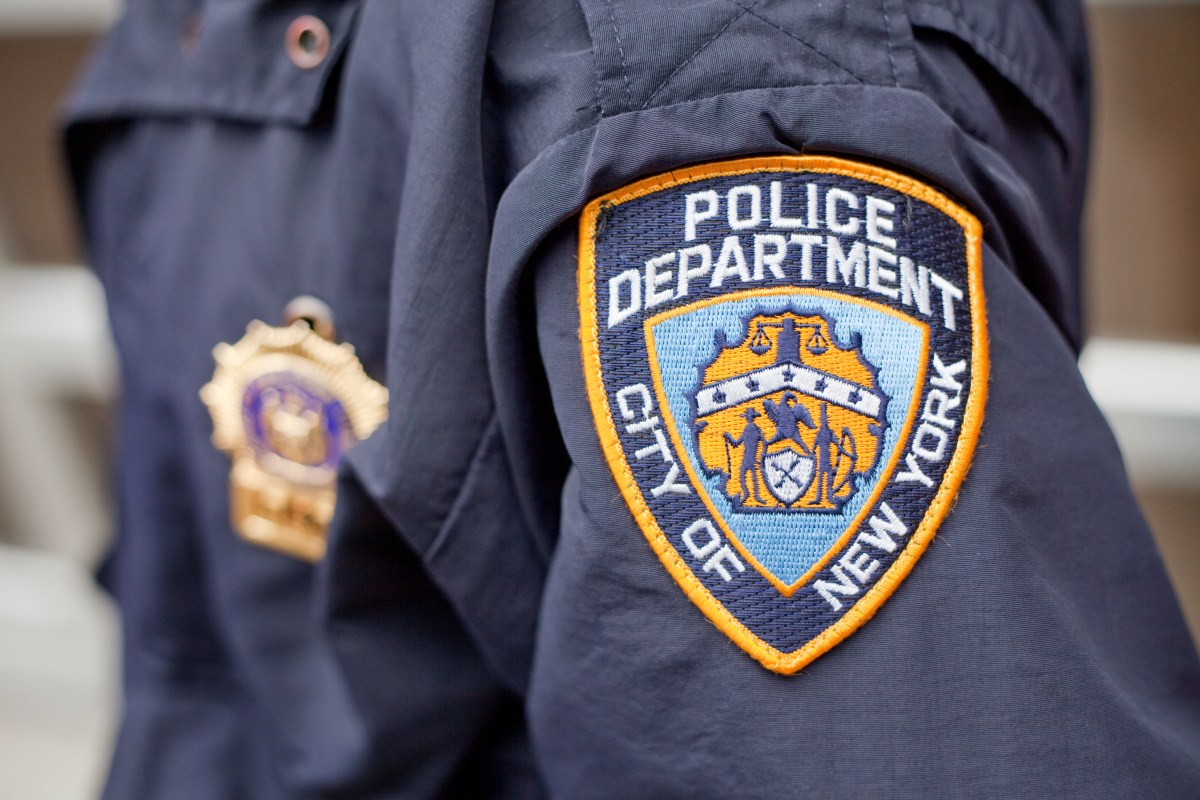Private waste carting companies should adopt safety measures that the New York City government implemented on its own trash hauling fleet in order to make the Big Apple’s streets safer, according to a new report.
The study, prepared for the city by the US Department of Transportation’s Volpe Center, and first reported by amNewYork Metro, outlines a roadmap to reduce crashes with commercial garbage trucks by increasing visibility and installing protective side guards.
“Commercial garbage trucks pose unique dangers in an urban environment, but there are clear steps that can be taken to make them safer,” said Dawn Pinnock, acting Commissioner of the Department of Citywide Administrative Services (DCAS). “Enhanced vehicle design and added safety features can improve driver visibility and help operators navigate crowded city streets.”
The federal experts analyzed commercial carting in the city for DCAS, which manages the city’s 30,000-strong fleet, and the Business Integrity Commission (BIC), in charge of regulating and licensing the private waste industry.
The new report comes as a result of a February 2020 executive order by Mayor Bill de Blasio to make private garbage transport safer and issues some of the same recommendations US DOT did in 2017 for the municipal fleet under the so-called Safe Fleet Transition Plan.
Refuse collection truck crashes have been on the rise nationally, increasing by 40% from 2012-2017, and dense cities like New York are a particularly dangerous environment for the heavy haulers.
Trade waste carting crashes caused 43 deaths and 107 injuries during the report’s study period of 2010-2019, or about 3% of all road fatalities.
BIC licensees collect waste from about 100,000 businesses every night and more than 4,000 trucks carry construction and demolition debris around the five boroughs each day, according to the report.
One of the key safety risks are obstructed views due to trucks having large front hoods. The conventionally-designed cabs block the view of about 20 feet, or about 10 adults standing in front of the vehicle.
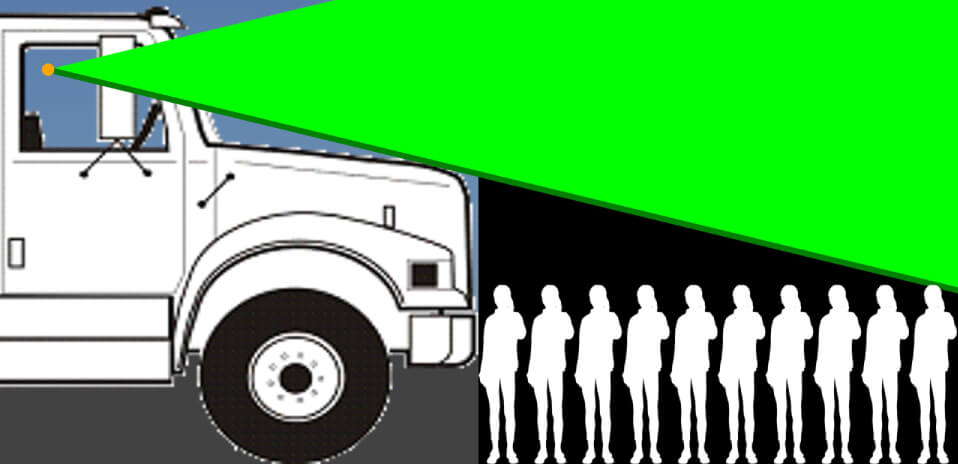
Instead, the report advocates companies switching to cab-over vehicles where the cab is above the engine, allowing for better visibility.
Of the 43 fatalities, 10 were truckers going from stop to drive, and all of those had conventional protruding hoods.
Other modifications to the vehicle like bug deflectors and sun visors further restrict views and would easier to correct than entire vehicles, which have lifespans of several years before companies take them out of operation.
Another safety measure are side guards, which help prevent cyclists and pedestrians from sliding under a truck during a crash, and can cut deaths by 40%, according to the report.
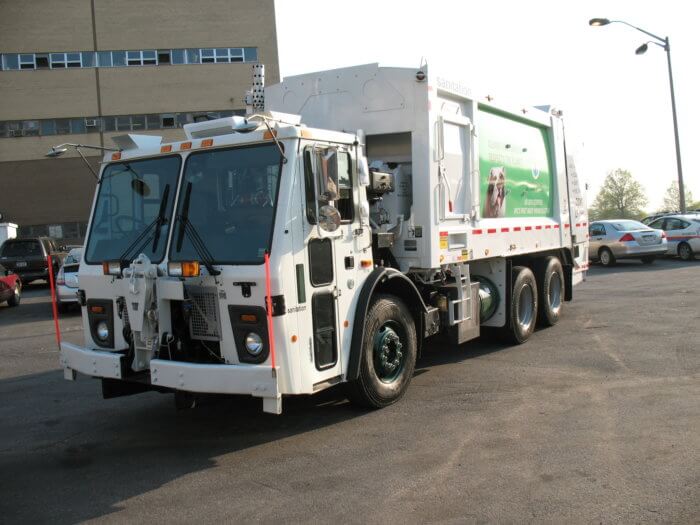
The city started installing the protective barriers on all municipal trucks after the passage of a 2015 law in the City Council, which also requires outfitting all private trucks that can carry more than 11,000 pounds with the guards by 2023.
Drawing from the 2017 plan, the study advises private companies to install technology, such as surround cameras, safety lights, and pedestrian automatic emergency braking.
DCAS began rolling out cameras and side guards, showing off some of the tech to reporters in June, and BIC is considering updating its rules for licensees as a result of the report.
“Improving traffic safety in the commercial waste hauling industry is an important goal of BIC’s, and the guidance provided by this preliminary report has been crucial in furthering that goal,” said the Commission’s chairperson Noah Genel in a statement.



